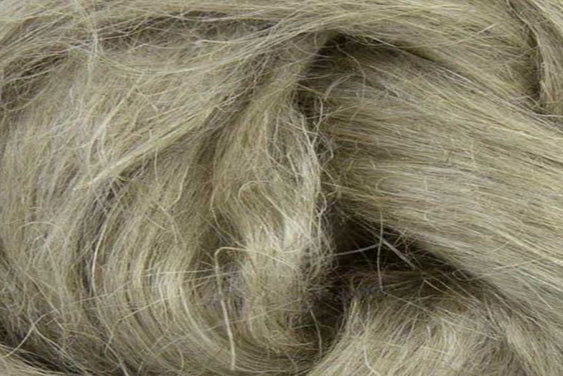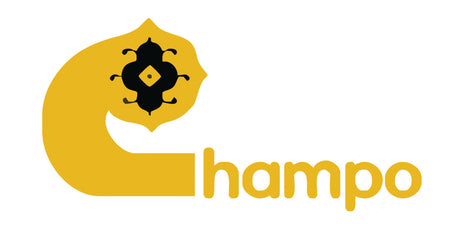CONSTRUCTIONS
To be a pioneer in its sector by investing in people and technology and by producing quality products at low cost. To ensure the highest level of customer satisfaction .To be a company of international standards which is the most reliable and manufactures the highest quality in the Textile industry .To offer all our knowledge and skills in making better quality products with constantly updated technology and maintaining highest Standards of ethics.
Hand knotted
Individual knots are hand tied on a vertical loom one row at a time by expertly trained artisans. Depending on the density of the knots, rugs of this construction can last for generations. Intricate and textural hand-carving with high-low pile effects can be a feature of these handmade luxury rugs. The average hand-knotted rug takes 240 days to make. Typically, this construction features durable wool or wool blends with luxurious silk or viscose.
HAND tufted
Yarn is hand-punched through a pre-woven fabric with a specialized tufting gun. The hand-tufted construction features precise designs, often has a plush pile, and is made of wool and/or viscose fibers. There are a few rug-making techniques within the hand-tufted construction, including the hand-hooked process. Hand-hooked rugs are not sheared after the tufting process, which would create a smooth, cut pile, and instead have an uncut, looped pile. A cotton-latex backing is glued on to hold the knots in place, offering strength and rigidity to the rug.
HANDWOVEN
Handwoven or handloomed rugs are made on hand-operated looms where weavers use a rod to shoot the fibers vertically across the length of the rug. The fibers within this construction may be felted or twisted wool yarns, soft and fine viscose, synthetic yarns, or natural fibers. Handwoven rugs usually have low to medium piles, other than high-piled shag rugs, and may or may not have a canvas backing.
FLAT-WEAVE
Flat-woven rugs, or dhurries and kilims, consist only of warp and weft threads, meaning they do not have the thickness of a knotted or tufted rug. With their flat finish, they are durable, easy to care for, and often reversible. Flat-woven rugs are typically made of wool, cotton, natural fibers, or synthetic fibers.

POWER LOOMED
Power-loomed rugs are machine made on electrically powered looms that are controlled by computers. They feature a wide range of color options, complex designs, a variety of fiber type, and a shorter lead time than other constructions. Typically made of synthetic fibers like polyester, polypropylene, or recycled PET yarns, this construction is a good option for easy care, owing to their inherent stain-resistant fiber quality. If viscose or other cellulose fibers are used, these power-loomed qualities can have soft and luxurious, though less durable, characteristics.
MATERIALS

100% WOOL
Champo sources our wool from live sheep sheared ethically and humanely as a natural part of their health and maintenance routine. Wool fibers are durable, naturally resistant to stains, and wonderful for insulation. Comforting underfoot, wool is a great option for adding a soft and plush textile to any regularly trafficked space in the home. New wool rugs—especially hand-tufted—will shed at first, but vacuuming will help diminish this property.

SILK, SARI SILK, VISCOSE, RAYON & TENCEL
Lustrous and luxurious in look and feel, silk, viscose, rayon and tencel are ideal options for a fine, sumptuous material underfoot. With their subtle sheen and extremely soft hand, these fibers are best suited for low-traffic areas, like bedrooms, due to their delicate composition. Sari silk, or recycled strips of fabric from traditional silk saris, is a vibrant and shimmery fabric with a beautiful textile story. When fine fibers like viscose, rayon, sari silk, and silk are blended together with a durable material like wool, they are sturdier and more fortified for a longer-lasting addition to homes.

100% COTTON
Generally used in flat-woven constructions, cotton is soft and easy to care for. It is also more affordable than wool. Cotton rugs are a great option for kid- and pet-friendly homes and typically have a more relaxed or casual look.

SYNTHETICS
Mostly used for power-loomed constructions, these manmade fibers imitate the look and feel of natural materials like wool and silk. They are strong, durable, and inherently stain-resistant materials that are easy to clean and care for—lending the perfect option to kid- and pet-friendly homes or heavily trafficked rooms. Not all synthetic rugs can be used outdoors, but polyester, recycled PET (recycled plastic bottles woven into a soft and durable fiber), and polypropylene fibers are often treated to be weather-resistant for outdoor use. Compared to other materials like wool and silk, synthetic rugs are a fraction of the price and are ideal for bringing stylish and budget-friendly looks to homes.

NATURALS
Natural or plant-based fiber rugs ground spaces with organic and versatile texture. Jute, sisal, hemp, and sea grass rugs are durable and strong, perfect for layering with other textiles, and are sourced from renewable materials. While many natural fibers are coarse and sometimes rough to the touch, jute is the softest plant-based fiber and often has a naturally soft hand. These rugs are a great accent in mid- to high-traffic areas, but should not be placed in spaces with a high moisture content.





